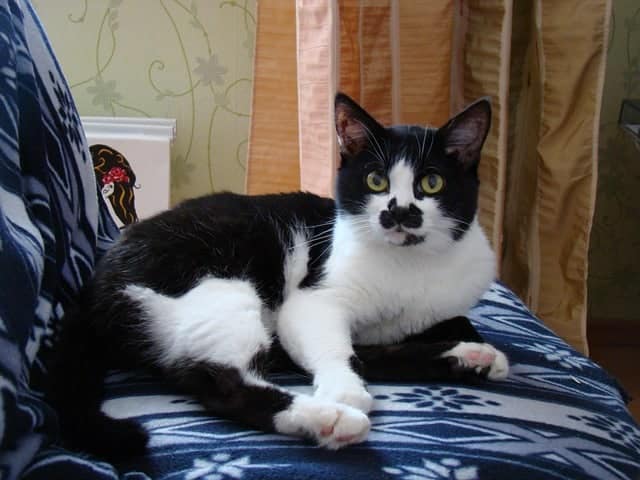The diseases of the Scottish Straight Longhair: the most common diseases in this Scottish cat breed. Let’s see what they are.

Of course, we all want to share our lives with the cat we have decided to welcome for as long as possible.
Even if our furry friend has an extraordinary ability to adapt, without wanting to rely exclusively on his proverbial 7 lives, it is better to devote the right attention to his health.
In this article, in particular, we will learn about the diseases of the Scottish Straight Longhair.
Everything you need to know about the health of this breed, before taking it home and taking care of it.
Diseases of the Scottish Straight Longhair

The secret to a long life of your Scottish Straight Longhair is to know the possible pathologies that can affect it.
The Scottish Straight Longhair is a breed born in 1961, on a farm in Scotland, where a white kitten named Susie was born.
Susie, had a spontaneous mutation that gave rise to the characteristic of the pinnae of the ears folded forward.
When the kitten gave birth to her first litter, some of the kittens were born with the same folded ears and others without this feature, which they named Scottish Straight Longhair.
This characteristic of the ears comes out only after 15/20 days. Only then will it be possible to understand which of the puppies inherited the gene.
We speak precisely of gene and not of pathology, in fact to date the Scottish Straighrt Longhair if followed and well cared for can have a long life and reach up to 15 years of age.
Obviously, like all cats, it can, however, be affected by diseases common to felines and other typical pathologies of the breed.
Scottish Fold Osteochondrodysplasia (SFOCD)
Scottish Fold Osteochondrodysplasia causes weak cartilage growth which is why they are not strong enough to support the cat’s ears as they normally do.
It is therefore skeletal anomalies that cause lameness, stiffness and reluctance to jump in affected cats. The pathology affects not only the cartilages of the ear, but also other bones.
Polycystic kidney disease
Polycystic kidney is caused by the development of cysts in the renal cortex and medulla oblongata. These cysts increase in size and number as the animal ages and eventually cause kidney failure in the cat.
Generally the cysts grow very slowly and the cat does not show any symptoms of the disease until around 7-8 years.
Familial hypertrophic cardiomyopathy (HCM)
Hypertrophic cardiomyopathy in cats is a thickening of the heart muscle resulting in a reduction in the volume within the ventricles (main chambers of the heart) of the blood that the heart can pump with each contraction.
The affected animal is at risk of developing congestive heart failure and occasionally sudden death.
Other common diseases in cats
The Scottish Straight Longhair, like all other felines, is prone to diseases affecting the oral cavity.
This happens because the cat’s mouth is an extremely exposed part, as the animal uses it to eat and also to explore the environment that surrounds it.
Mouth diseases that frequently affect cats can be:
- stomatitis: the stomatitis in cats is an inflammation of the mucosa of the mouth due to a chronic bacterial infection;
- carcinoma: is a type of cancer of the mucous membranes of the mouth represented by growths, ulcers and mounds of squamous tissue;
- gingivitis: gingivitis is the inflammation of the gums resulting from tartar;
- periodontitis: Periodontitis is the infection of the dental tissues and affects the gums and bone.
Furthermore, the animal is also subject to infectious diseases, the main ones being the following :
- FeLV: known as feline leukemia, it affects the bone marrow and is caused by a virus of the Retrovirus family, among which there is also the one responsible for FIV itself;
- FIV: a is a feline immunodeficiency syndrome similar to human HIV, transmissible through saliva and blood. It is not curable and there is no vaccine but, if intercepted in time, it can sometimes allow a considerable survival;
- Feline toxoplasmosis: an infectious disease caused by the parasite Toxoplasma gondii, which finds its final host in the feline to reproduce.






